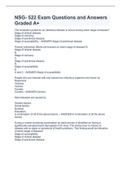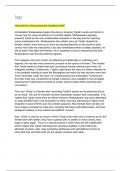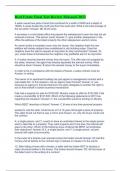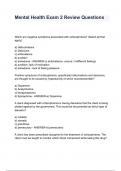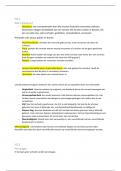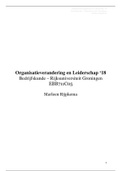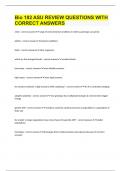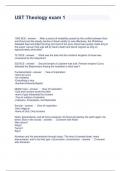College aantekeningen
Lambda Phage Gene Regulation (MCB3026F) notes
- Vak
- Instelling
Comprehensive lecture notes for the Lambda Phage Gene Regulation module covered in MCB3026F. These notes cover all content taught in lectures as well as additional materials (powerpoints, textbooks) required to succeed. These notes were created by a student who achieved a distinction in this course.
[Meer zien]




